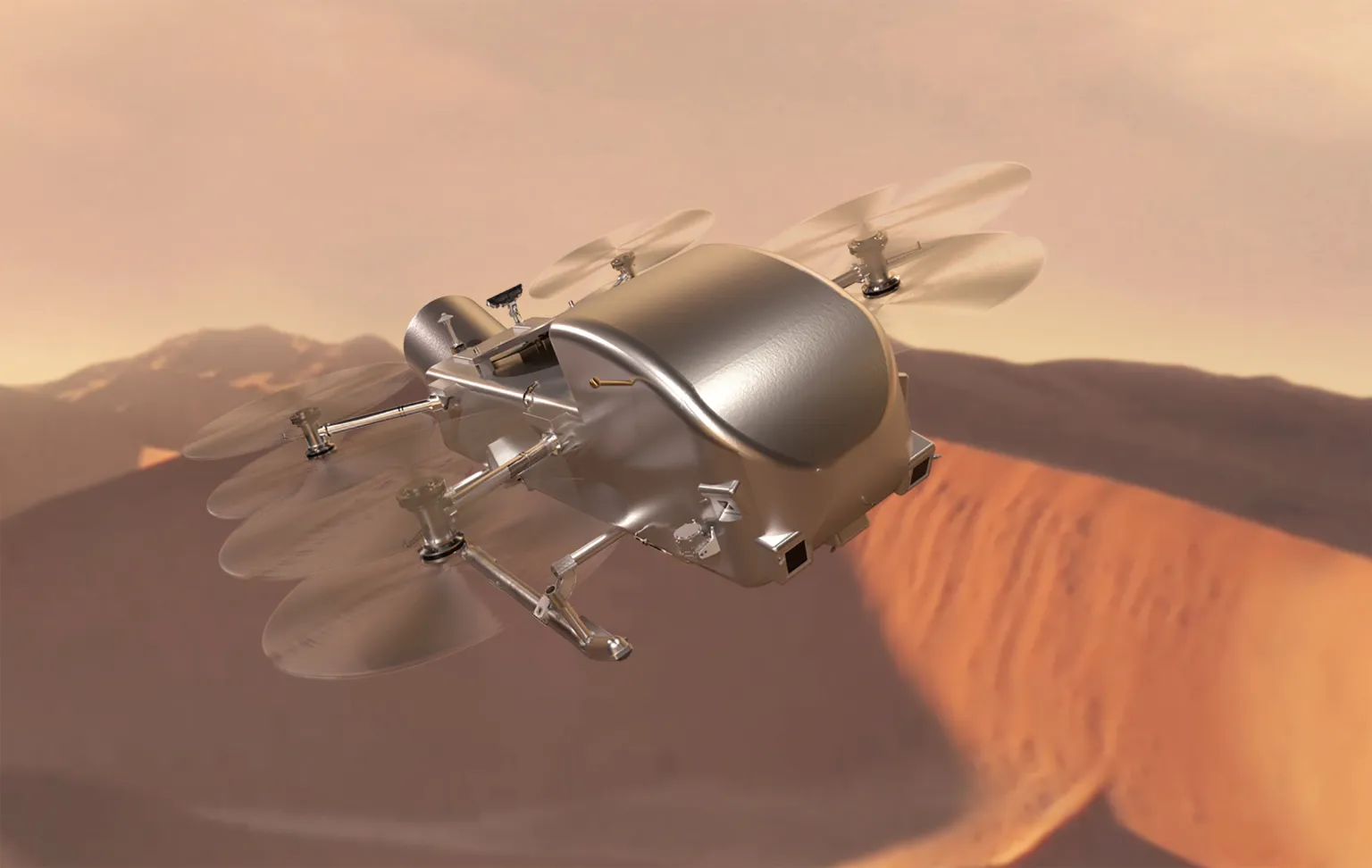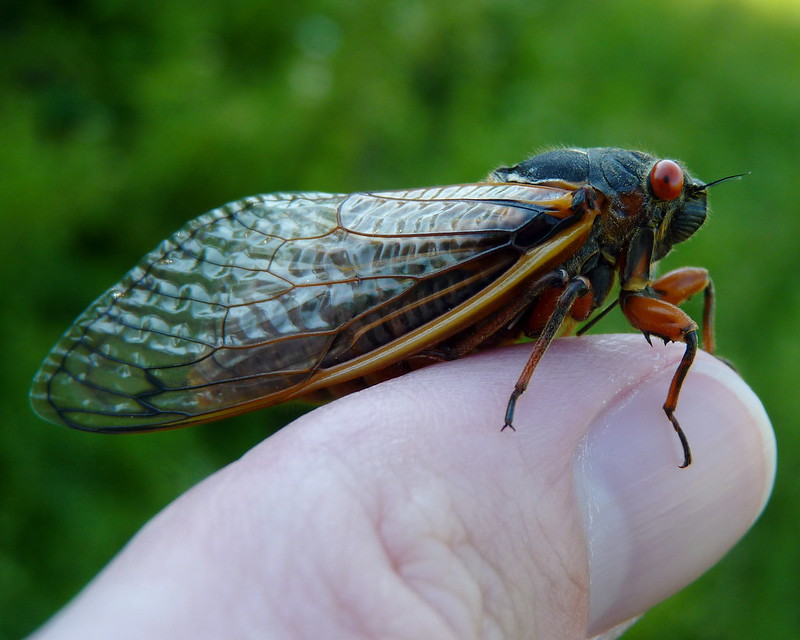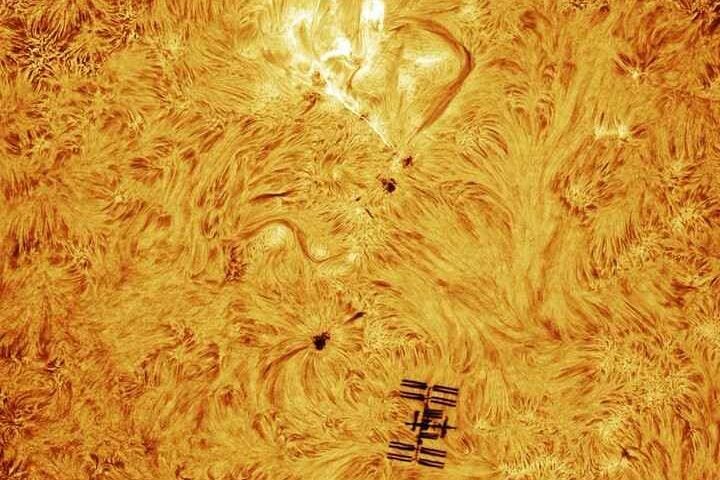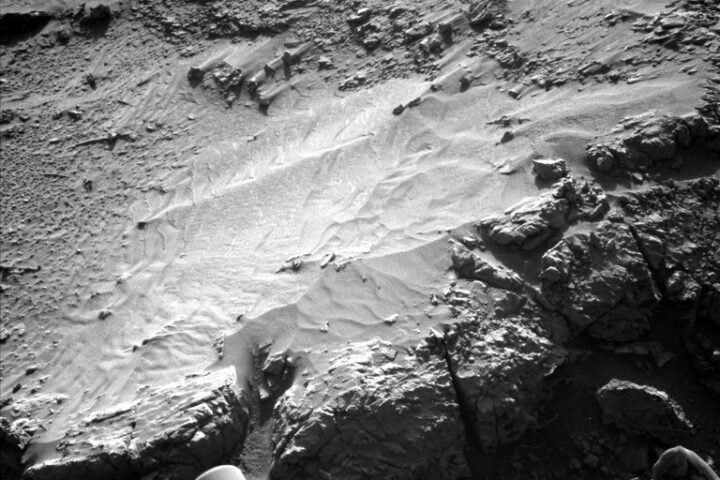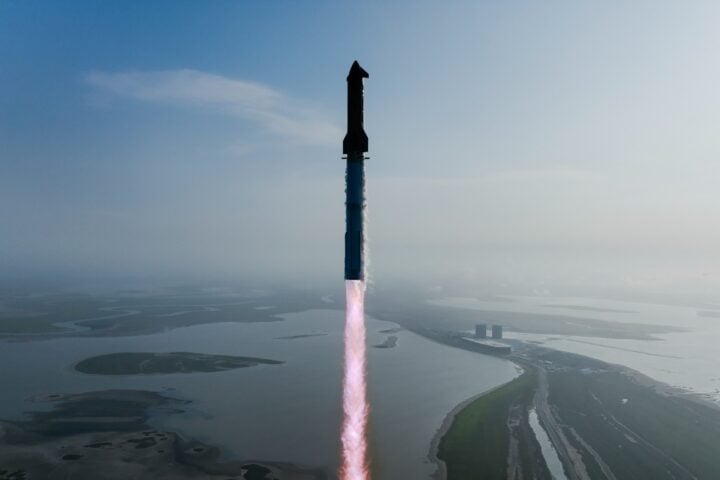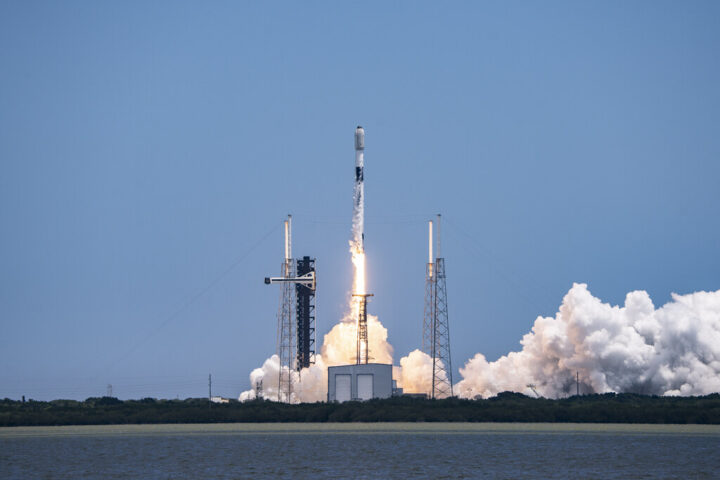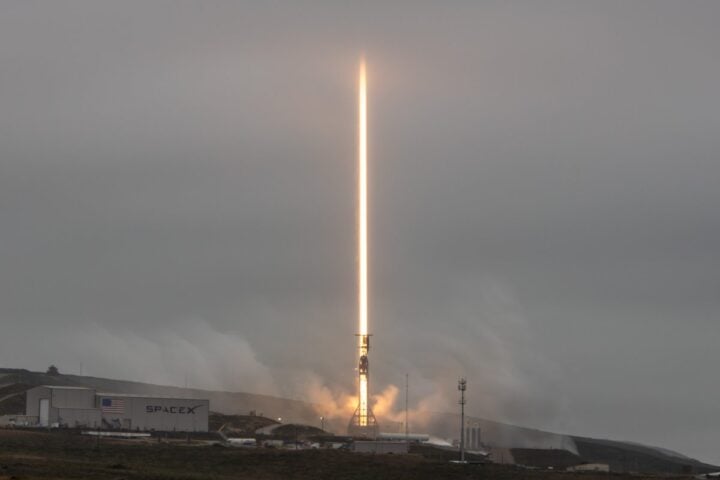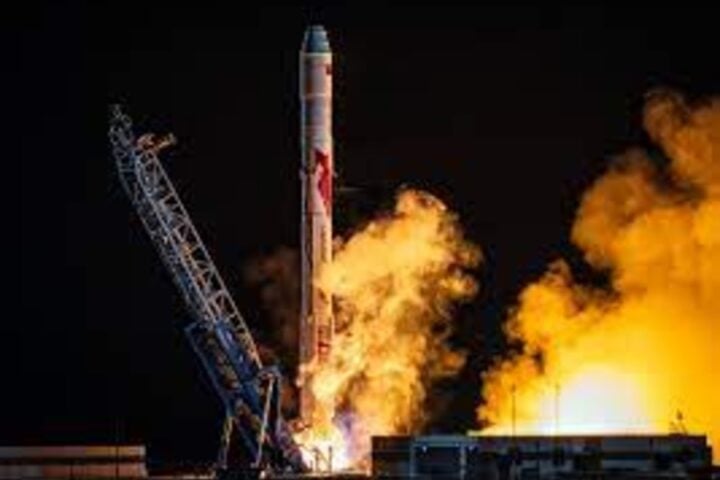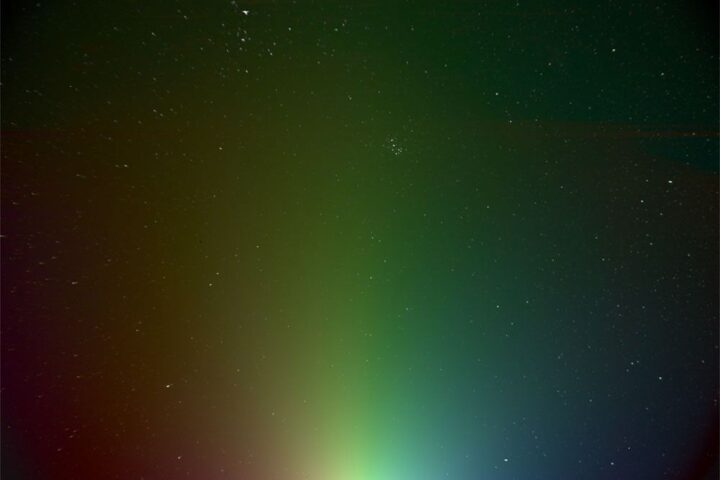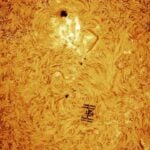NASA has confirmed the Dragonfly mission to Titan, one of Saturn’s moons, authorizing the continuation of final design work and construction of the spacecraft, which is scheduled to launch in July 2028. This revolutionary nuclear-powered drone, the size of a car, plans to fly over and land on the organic-rich sands of the giant moon of the sixth planet in the Solar System. The helicopter, which is expected to arrive at Titan in 2034, will fly to dozens of promising locations on the moon in search of common prebiotic chemical processes, both on Titan and on primitive Earth before life developed.
“The Dragonfly mission is an incredible opportunity to explore an ocean world in a way that we have never done before,” said Elizabeth “Zibi” Turtle from the Johns Hopkins Applied Physics Laboratory (APL), the mission’s principal investigator, in a statement. “The team is dedicated and enthusiastic about accomplishing this unprecedented investigation of the complex carbon chemistry that exists on the surface of Titan and the innovative technology bringing this first-of-its-kind space mission to life,” she shared.
The Dragonfly team has achieved significant technical advancements, including a progression of tests of Dragonfly’s guidance, navigation, and control systems over the deserts of California that resemble the dunes of Titan; multiple flight system tests in the unique wind tunnels at NASA’s Langley Research Center; and running a large-scale instrumented landing module model through temperature and pressure simulations in the new Titan Chamber at APL.
“APL is incredibly proud of the international team that has advanced the Dragonfly mission,” said head of the Space Exploration Sector at APL, Bobby Braun. “We are grateful for the confidence NASA has in this team and look forward to launching the agency’s first mission to the surface of a distant ocean world in 2028,” he continued.
Similar Posts
Dragonfly is the fourth mission of NASA’s New Frontiers Program, managed by the Marshall Space Flight Center in Huntsville, Alabama, for the agency’s Science Mission Directorate in Washington.
Nicky Fox, NASA’s associate administrator for the Science Mission Directorate, highlighted that Dragonfly is a scientific mission with broad community interest that will expand the boundaries of space exploration.
The team includes key partners at NASA’s Goddard Space Flight Center in Greenbelt, Maryland; Lockheed Martin Space in Littleton, Colorado; NASA’s Ames Research Center in Silicon Valley, California; NASA’s Langley Research Center in Hampton, Virginia; Penn State University in State College, Pennsylvania; Malin Space Science Systems in San Diego, California; Honeybee Robotics in Pasadena, California; NASA’s Jet Propulsion Laboratory in Southern California; CNES (French National Centre for Space Studies) in Paris; the German Aerospace Center (DLR) in Cologne, Germany; and JAXA (Japan Aerospace Exploration Agency) in Tokyo.
